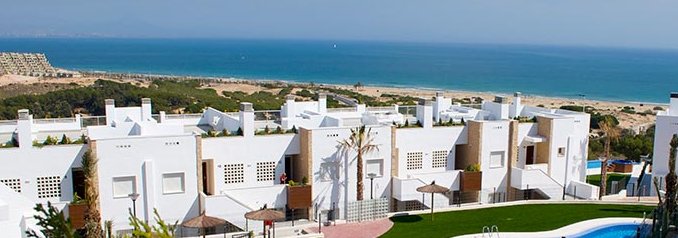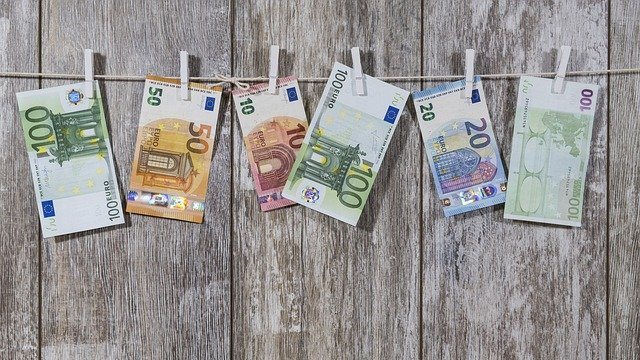According to the Bank of Spain, residential property investment is set to top 4.5% of Spain’s GDP by the end of the year. “This is similar to the average in neighbouring countries, but far below the 12% registered in 2007,” writes the bank in a recently published report.
The report reveals that house prices, which experienced a drop of 45% in real terms from their peak in Q3 2007 to their low in Q1 2014, continue to grow. They increased by 16% up to September, although there are huge discrepancies in price growth rates depending on the area. In its latest quarterly report on Spain’s economic situation, the Bank specifically highlights Madrid, Catalonia and the Balearics as the regions with the highest price growth.
When the type of property is taken into account, growth in prices for new builds has been slightly higher than for resale properties since hitting all-time lows in 2014, although the difference has been less noticeable over the last few quarters.
The Bank of Spain argues that recent trends show the ‘favourable’ conditions in both the job market and lending conditions, both of which bode well for the property market.
Property Transaction Volumes Have Increased
Since 2013, home sales have been moving steadily upwards, with demand falling 65% from its peak in 2007 to its trough in 2013, showing recovery of 20% since then. Sales momentum is mostly maintained by resale property market, since the record of new home sales continues to fall slightly.
The mortgage market also looks better, although not quite as rosy. Up to September, the Bank of Spain saw “the same level of mortgage approvals year-on-year, showing that new mortgages are not enough to compensate depreciation”.
Since the start of Spain’s economic recovery, the Bank of Spain has seen an increase in mortgages with fixed-interest repayments over the first one to five years. However, since 2016, the trend has leaned towards fixed-interest mortgages for over ten years.
Home Building Starts To Recover
New-home starts are rising, but only recently according to the report. This is partly due to the large stock of unsold properties built during the last boom. The Bank of Spain also says that the rate of new-build starts remains low and considerably below that registered at the start of the sector’s recovery.
The report highlights that absorption of the high levels of unsold properties is slow, and that the volume of new property remains relatively low. This factor is holding back the recovery of residential construction. Demand is concentrated in areas that are not necessarily those with unsold properties, which leads to uneven growth in prices.
Population trends will determine the property market’s behaviour in the short and medium term, the Bank of Spain says. It believes that it’s reasonable to expect that growth in residential demand will be ‘more moderate than during the last property boom’.





